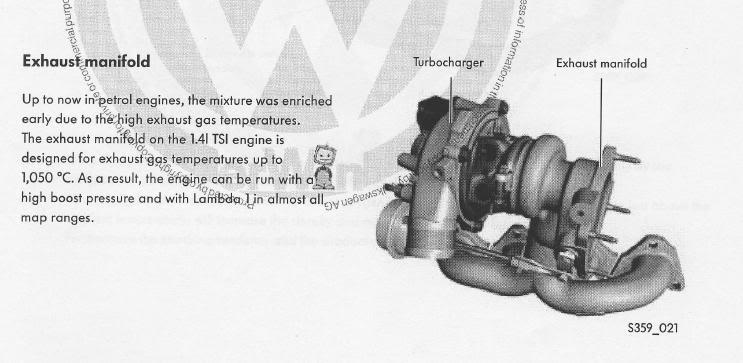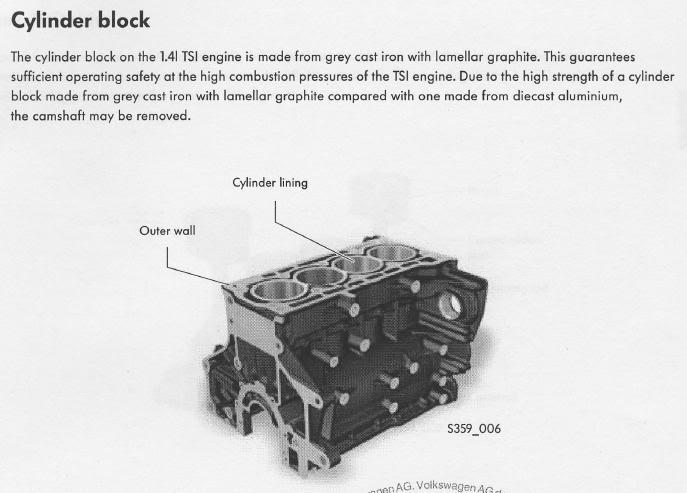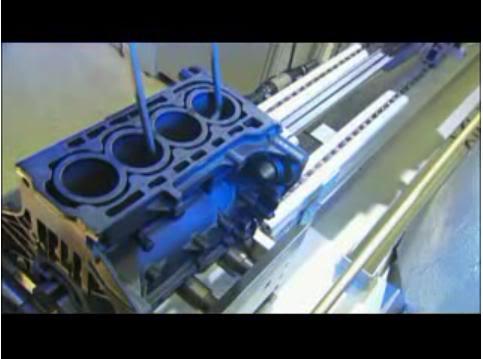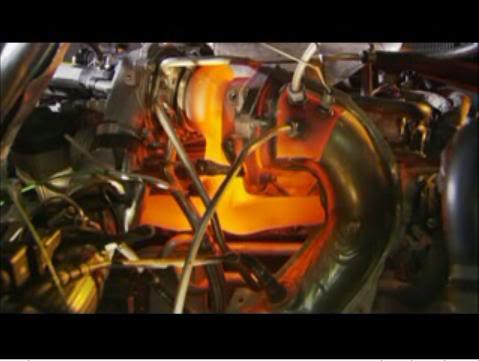On the Petrol powered models, the EGT (factory) probe is in the exhaust manifold, just before the turbocharger - if thats any help.
Above Forum Ad
Collapse
Announcement
Collapse
No announcement yet.
Engine Exhaust gas temps
Collapse
X
-
Ideally egt is best to have one on each exhaust port approx 1" from exit of exhaust port of head.
I have always do this measuring on any engine dyno work i do.
The further the probe is located away from exhaust valve the cooler the egt are.
You will find the manufacturers all do their initial engine tuning this way.
A single egt sensor in a car is done for ECU fine trimming of feedback loop to counter for varing fuels and conditions and should be considered only as a guide, not a absolute measurement.
Any sensor made to measure the result of a combination of cylinders only measures the average sum total, these sensors do not pick up individual cylinder problems.
I had one engine with 5 EGT sensors on it, 1 on each exhaust port, plus one at turbo entry, as well as Exhaust manifold pressure sensor.
Interesting results as you go to larger injectors, individual egt sensors registered egts spiking high between cylinders, the one before turbo was steady.
But any experienced EFI engine tuner why this was happening and the solution to it, and the detrimental results than can occur if not corrected.
Comment
-
Just a note on the TSI's high EGT's stock.
It is designed to be this way as the TSI manual says that the engine has a special manifold designed to take up to 1050 degrees EGT constantly to enable the car to run super lean A/F ratio's almost all the time.
If it was running fatter ratio's it would have WAY cooler EGT's.

So in no way is the engine "STRESSED" or "OVERWORKED" it is just built like that. It has a super strong block to handle it also.

 Last edited by POLARBEAR666; 07-04-2009, 10:57 AM.*Disclaimer - Don't rely on me, seek your own professional advice. Audi R8 E-tron. 230kw 4500nm! (not a typo).
Last edited by POLARBEAR666; 07-04-2009, 10:57 AM.*Disclaimer - Don't rely on me, seek your own professional advice. Audi R8 E-tron. 230kw 4500nm! (not a typo).
Economy at 100kph =5.5L
Comment
-
Some good info there Polar.
Bit lost as to why being able to "remove camshaft" is a special feature.
Something got lost in translation!2014 Skoda Yeti TDI Outdoor 4x4 | Audi Q3 CFGC repower | Darkside tune and Race Cams | Darkside dump pDPF | Wagner Comp IC | Snow Water Meth | Bilstein B6 H&R springs | Rays Homura 2x7 18 x 8" 255 Potenza Sports | Golf R subframe | Superpro sways and bushings | 034 engine mounts | MK6 GTI brakes |
Comment
-
Interesting bit info.
Since they have upgraded the manifold to withstand higher temps,
and exhaust gasses originate from the combustion chamber, what have they done about the exhaust valves?
have they changed yet their cheap cast oil control ring?
Or are they still relying on their double oil scraper compression ring?
If its designed to run hotter in stock tune, what happens when you boost the car up a bit? After all you are putting more air and fuel in when you do this, you are going to create more heat.
If its super strong, how much power of stock did the engineers design it for?
Comment
-
They make about 135-140kw stock considering that they dyno between 110-120kw at wheels (as seen on some aussie motor show, cant remember which, but they had 2 cars on the same day, roller dyno).Originally posted by QuickA4 View PostInteresting bit info.
Since they have upgraded the manifold to withstand higher temps,
and exhaust gasses originate from the combustion chamber, what have they done about the exhaust valves?
have they changed yet their cheap cast oil control ring?
Or are they still relying on their double oil scraper compression ring?
If its designed to run hotter in stock tune, what happens when you boost the car up a bit? After all you are putting more air and fuel in when you do this, you are going to create more heat.
If its super strong, how much power of stock did the engineers design it for?
I think they just reduced the boost so that the engine did not make the same power as the GTI. It is marketing related not engine limit related. Speaking of Exhaust gas temps... I wonder how much this was!
 Last edited by POLARBEAR666; 08-04-2009, 03:13 PM.*Disclaimer - Don't rely on me, seek your own professional advice. Audi R8 E-tron. 230kw 4500nm! (not a typo).
Last edited by POLARBEAR666; 08-04-2009, 03:13 PM.*Disclaimer - Don't rely on me, seek your own professional advice. Audi R8 E-tron. 230kw 4500nm! (not a typo).
Economy at 100kph =5.5L
Comment
2025 - Below Forum
Collapse

Comment